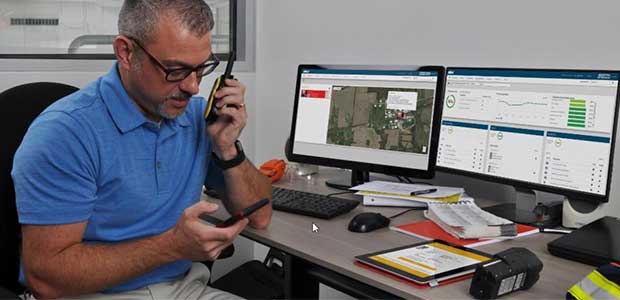
Live Monitoring: The Pinnacle of Real-Time Detection
Live monitoring brings an added dimension to real-time detection today.
- By Dave D. Wagner
- Mar 01, 2022
The term “real-time detection” is not new to the industrial hygiene and safety community, with industrial hygienists and safety professionals having dealt with real-time detection devices for many, many years. The canary in the cage is a very rudimentary example of an early portable, real-time detector for indicating the lack of oxygen or presence of poisonous gases. Simply, if the canary was alive, so were you. It doesn’t get much more real time than that.
As technology progressed, some applications replaced canaries with flame safety lamps. The lamps added a slightly more quantitative element to the detector than the purely qualitative canary, with the level of the flame giving some indication of the concentration of oxygen or methane in the atmosphere. To quote Jeff Probst from the hit television series Survivor, “Fire represents your life. When your fire’s gone, so are you.” From a detection standpoint, the flame safety lamp really was both as crude and as simple a real-time detector as that.
As we moved into the ‘80s, real-time detection became synonymous with electronic monitoring equipment. Electronic instruments, first with analog and then with digital readouts, provided direct reading quantification of specific gas hazards. However, they also brought more complexity to real-time detection. Along with a direct reading, the instruments came with multiple alarm points, indicators and other features that required users to interpret and understand the readings and know how to respond in various situations. This complexity compounded as these instruments expanded to detect three, four, five and even six gases simultaneously. Gone are the days when it was as simple as seeing the canary down or the flame go out and leaving the area immediately.
Real-Time Detection: Striking a Balance between Visibility and Complexity
Real-time detection certainly provides a more precise indicator of hazardous conditions than canaries and flames and a more efficient process than old school analytical methods of collecting air samples, sending them to a lab and then waiting for results. Still, a number of applications dismiss the value of real-time detection. Many would argue, for example, that analytical methods like collecting samples and sending them to a lab are the only acceptable means of performing personal gas exposure assessments. These arguments ignore that time is of the essence and lives may hang in the balance.
This article originally appeared in the March 1, 2022 issue of Occupational Health & Safety.